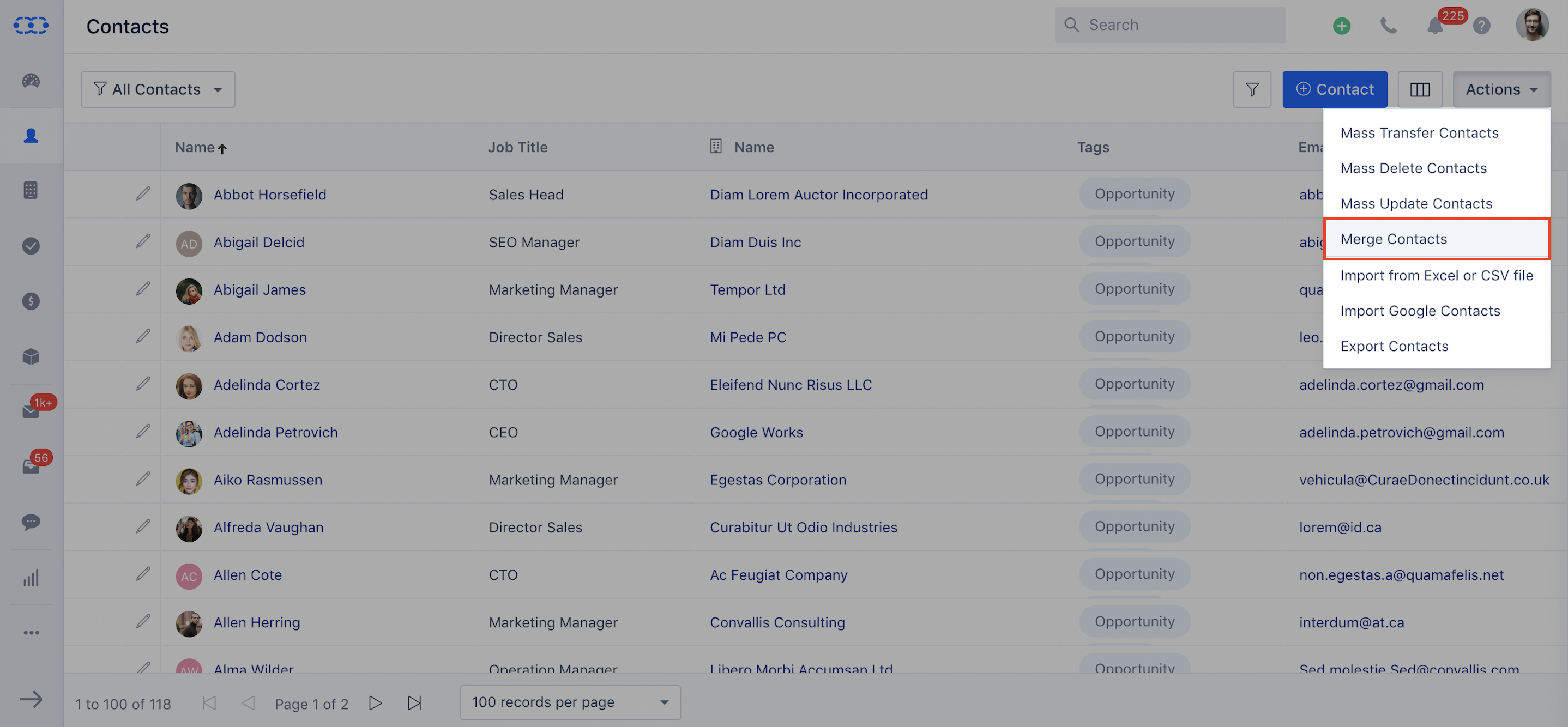

Select all fields in this section: When you select this, all fields available in that section of a record are selected so you don’t have to manually select the fields in that section. There is NO duplicates in the database, therefor it showing the same item on different pages is quite. This is particularly useful when there’s data in multiple fields and you only want to look at data that’s different in the two records.
Easycatalog not paginate duplicate records how to#
(We will add more information regarding how to transfer across your existing custom fields and configurations in a separate tutorial). If this is not possible then you will need to re-create your Eas圜atalog panel and choose more fields to uniquely identify each record. View fields with conflicting data: When you select this, only the fields that have conflicting data are shown so you can quickly select the fields from which you want to retain data. If possible, change the record within the data to remove the duplicate. If both primary and secondary records have data in the same fields, the fields of primary record are selected. Merge records by choosing fields with data: When you select this, all the fields that have data are selected regardless of whether the data is in the primary record or secondary record. Use the following options to select the fields for which the data must be retained, and select OK: All notes, activities, and details associated with the secondary record are linked to the primary record.

When you do that, data from the selected fields of the secondary record is copied over to the primary record and kept. You have an option to choose the fields from the secondary record, too. This means that the data in these selected fields will be retained. When you select a primary record, by default, all the fields of the primary records are selected. Data from the secondary record is copied over to the primary record. The primary record is kept, and the secondary record is deactivated. If a duplicate is detected when a new record is being saved, then the new record is always considered as the secondary record. Simply connect to a datasource, insert placeholders into your document from the Eas圜atalog Panel, apply formatting as you usually would to design elements, group related elements together into a “Product Style,” store your Product Styles in an Eas圜atalog Library, and then populate copies of your product styles with records from your database.The option to select a primary record is available when both records are existing in the system. As the name implies, Eas圜atalog is easy to set up and use.
Easycatalog not paginate duplicate records mac#
and Scripting, which, like InDesign, works with JavaScript, AppleScript, and Visual Basic.Įas圜atalog for InDesign is a Plug-in (for both Mac and Windows) that offers a truly simple, intuitive drag-and-drop interface.XML Data Provider for importing data directly from an XML file.Relational for working with multiple data sources.ODBC Data Provider for creating two-way links to a database including FileMaker and Access (this requires setup with the OS).Other add-on modules are available for more advanced features including: Where you data contains positional information, such as X and Y co-ordinates, Eas圜atalog will position your record templates on the document automatically. If data is grouped in the panel, Eas圜atalog can also insert Product Styles for each of the groups, allowing group headers to be inserted, for example. This simplest form of pagination, yet one of the most powerful, flow-based pagination is suitable for many applications where records are simply flowed into the document one after another. By applying pagination rules, via the Eas圜atalog Pagination Rules panel, individual boxes in the style can be configured to expand or contract to fit the amount of content. So named because it flows Product Styles into a standard InDesign text flow – each Product Style appearing as an anchored box. Eas圜atalog Pagination Module offers Flow-based Pagination The running order of records is determined by the Eas圜atalog panel – use the sorting, grouping and filtering features to create the sequence of records to paginate. You can also specify templates for the pagination of groups, so for instance, you can automatically insert headers into the document. The template used to set each record can also be determined at pagination time by indicators in the data - ideal when your data has an associated ‘style’ field. Using the Eas圜atalog Pagination Module, configure templates that define how each record should appear, and Eas圜atalog will automatically position them on the document.


 0 kommentar(er)
0 kommentar(er)
